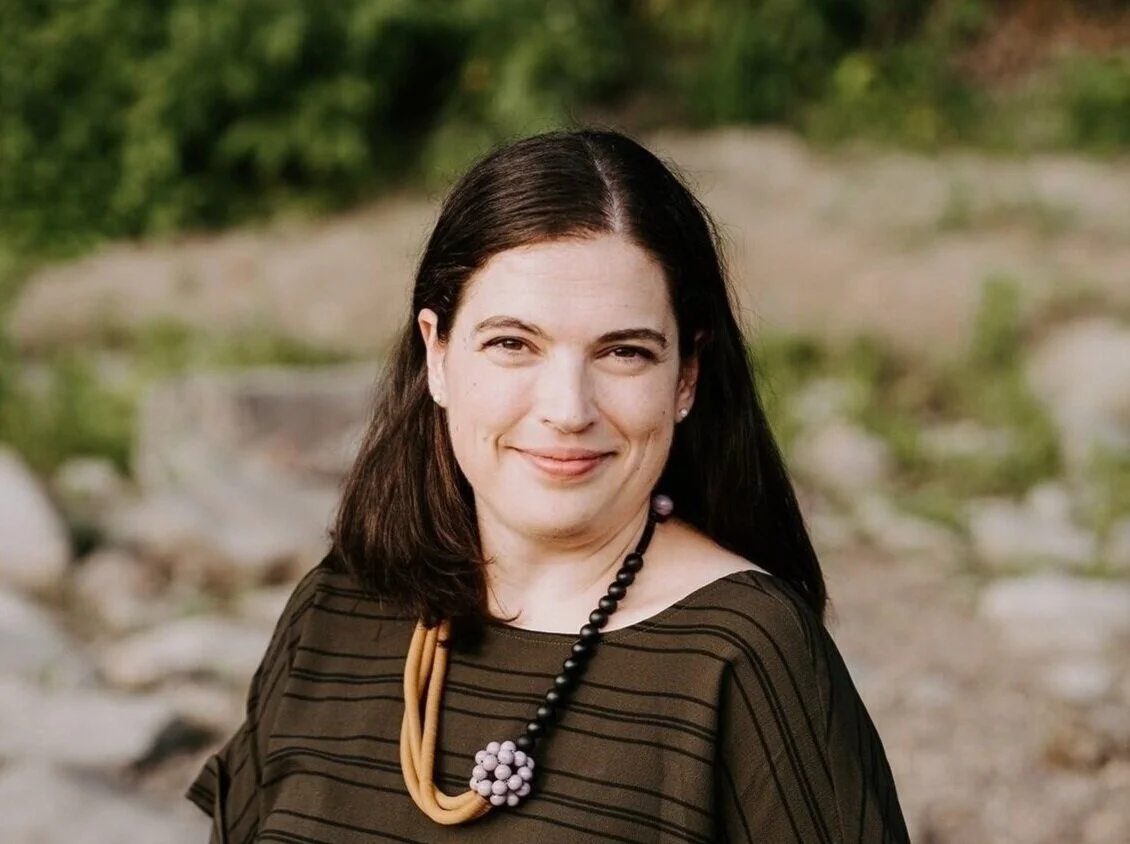“Storytelling: The Real Work of Museums”, an inspiring article by Leslie Bedford
/For my thesis research, I have been investigating digital storytelling, imagination, and museums. An article that keeps on popping up is “Storytelling: The Real Work of Museums” (2001) by Leslie Bedford. The author argues that stories can be a powerful tool for museums to bring visitors and content together. I could not agree more, and I was excited to read her reflections on the power of narrative.
Bedford starts the article with a personal story, where a teaching workshop with storytelling elements had a direct impact on her actions during an incident in the subway on the way home. These transformative aha! experiences are “as hard to create as they are to define”, but Bedford is convinced that storytelling often plays a major role.
The author looks at storytelling from an academic perspective. She cites the work of psychologist Jerome Bruner who, in Acts of Meaning, discusses how the construction of narrative helps children acquire language and adults make meaning. According to Bruner, stories also have a point of view, and the resolution of the tension in the story helps us sort out our own point of view.
Bedford also looks at the nature of narrative from a storyteller’s perspective: she cites Garrison Keillor who says that storytelling is more about the listener than the narrator, because “the listener will fill in the blanks”. Gaps in the narrative leave room for the listener’s imagination to paint the missing information, implicating the visitor in the process.
The article is full of practical case studies of storytelling in museums, through exhibitions, public programs, and outreach. An example of sophisticated awareness of narrative comes from the United States Holocaust Museum, whose founding director, Jeshajahu Weinberg, was very careful to edit out affective language that might interfere with visitors’ personal responses to the presented stories. The Museum did not want to impose feelings on visitors, but rather left them the freedom to make their own meaning.
Bedford ends the article with a bang: she beautifully describes storytelling in museums as a way to foster genuine learning, and as a basic mission inherent to the very nature of museums:
"Stories are the most fundamental way we learn. They have a beginning, a middle, and an end. They teach without preaching, encouraging both personal reflection and public discussions. Stories inspire wonder and awe; they allow a listener to imagine another time and place, to find the universal in the particular, and to feel empathy for others. They preserve individual and collective memory and speak to both the adult and the child. […]
It makes sense that storytelling is appropriate to the work of a museum for museums are storytellers. They exist because once upon a time some person or group believed there was a story worth telling, over and over, for generations to come.”
This approach is utterly inspiring to me as a researcher, but also as a museum visitor. On a personal level, stories have been the entry point to museums from the time I was a curious little girl in the local University of Michigan Museum of Art. Museums matter to me because they are spaces where I can foster imagination, wonder, and empathy. Stories can play a major role in this alchemy.
Bedford, Leslie. “Storytelling: The Real Work of Museums.” Curator 44, no. 1 (January 2001): 27–34.





















